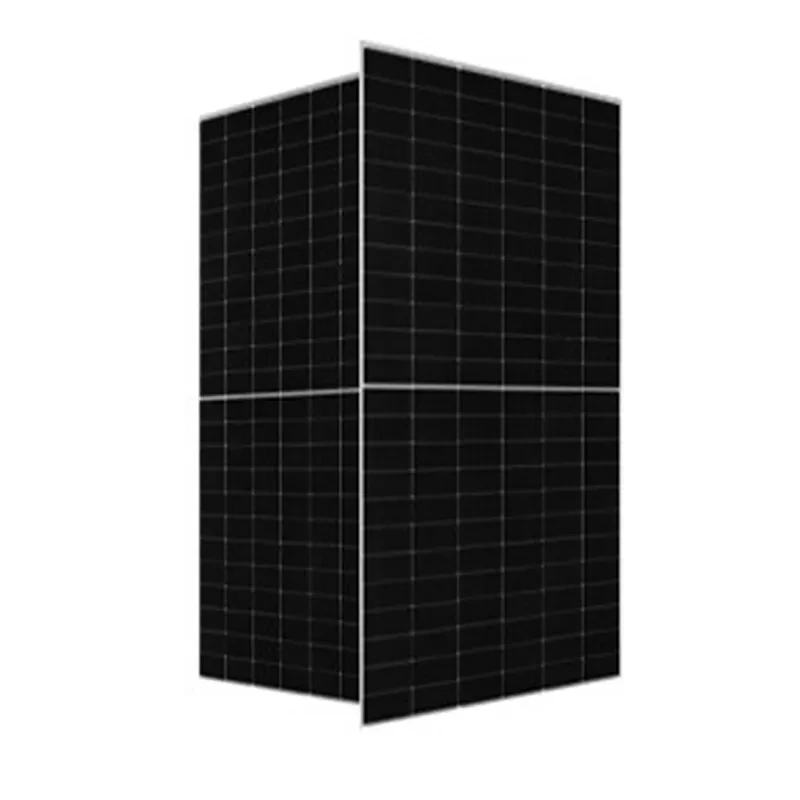string inverter solar panels
The Evolution and Benefits of String Inverter Solar Panels
The global shift towards renewable energy has led to significant advancements in solar technology. Among the various systems available, string inverter solar panels have gained popularity for both residential and commercial applications. Understanding how these systems work and their advantages can help consumers make informed decisions about their energy solutions.
String inverters operate by connecting multiple solar panels in series, forming a ‘string’. This setup allows the energy produced by each panel to be combined before it is converted from direct current (DC) to alternating current (AC) by the inverter. The inverter is the heart of the system, playing a crucial role in optimizing energy production and ensuring that the electricity generated is usable for home appliances or can be fed back into the grid.
One of the key advantages of string inverter solar panels is their cost-effectiveness. Compared to other inverter types, such as microinverters or power optimizers, string inverters are generally less expensive and easier to install. This makes them an attractive option for homeowners and businesses looking to reduce their upfront investment in solar technology while still reaping the benefits of clean energy.
Another significant benefit of string inverter systems is their efficiency in suitable conditions. When installed in areas with consistent sunlight and minimal shading, string inverters can maximize energy production. When the panels receive direct sunlight, they work cohesively, allowing the system to operate at an optimal level. Additionally, their centralized design simplifies the monitoring of energy production and system health, thereby making maintenance more straightforward.
string inverter solar panels

However, it is important to consider the limitations of string inverter systems as well. The performance of the entire array can be affected by the shading of even a single panel. This means that if one panel is covered by leaves or debris, or if it faces a different angle of exposure, the output of the entire string can drop. To mitigate this issue, homeowners can plan their installations to avoid shaded areas or choose to incorporate module-level power electronics.
Moreover, string inverters have a lifespan that typically ranges from 5 to 15 years, which is shorter than some other inverter types. This leads to the need for future replacements, which can be a consideration for long-term planning. Nevertheless, many manufacturers offer warranties, which can provide peace of mind for consumers investing in this technology.
In recent years, advancements in smart inverter technology have further enhanced the capabilities of string inverters. Innovations such as integrated monitoring systems allow users to track their energy output in real time, making it easier to optimize performance and identify issues as they arise.
In conclusion, string inverter solar panels represent a practical and efficient choice for many solar energy users. Their affordability, ease of installation, and ability to produce substantial energy in favorable conditions make them an appealing option for those looking to harness solar power. While considerations about shading and lifespan are important, ongoing advancements in technology continue to improve the reliability and performance of these systems. As the world moves towards a more sustainable future, understanding and utilizing string inverter systems can play a significant role in reducing carbon footprints and promoting renewable energy solutions.
-
Unlocking Energy Freedom with the Off Grid Solar InverterNewsJun.06,2025
-
Unlock More Solar Power with a High-Efficiency Bifacial Solar PanelNewsJun.06,2025
-
Power Your Future with High-Efficiency Monocrystalline Solar PanelsNewsJun.06,2025
-
Next-Gen Solar Power Starts with Micro Solar InvertersNewsJun.06,2025
-
Harnessing Peak Efficiency with the On Grid Solar InverterNewsJun.06,2025
-
Discover Unmatched Efficiency with the Latest String Solar InverterNewsJun.06,2025







